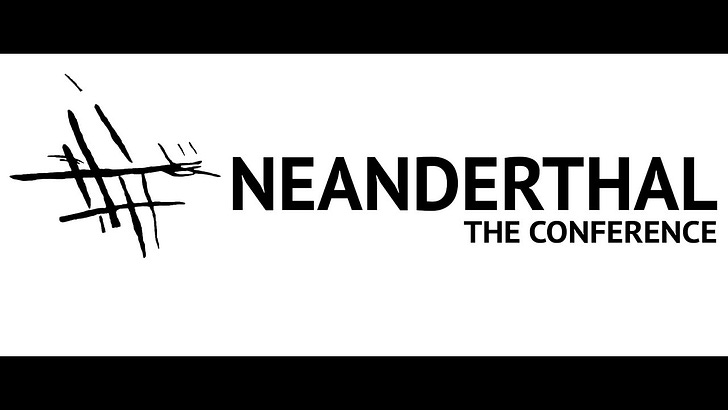Lecture: Who were the ancestors of the Neandertals?
Looking at what we know about Neandertal origins and how our understanding has changed in the last decade.
I visited Gibraltar in September 2018 to participate in the Calpe Conference. In this event, visiting scientists meet with the public to share some of the most updated research on Neandertals. Gibraltar is a small peninsula but it is home to some of the most significant archaeological sites for Neandertals, including Gorham's Cave and Vanguard Cave. These are now the centerpieces of a UNESCO World Heritage Site.
For my Calpe lecture, I wanted to consider the deeper-time perspective on Neandertals. DNA evidence shows their relationships to the Denisovans and recurrent intermixture in which Neandertals received genetic input from African populations. But where did these populations ultimately come from? I dig into the question.



